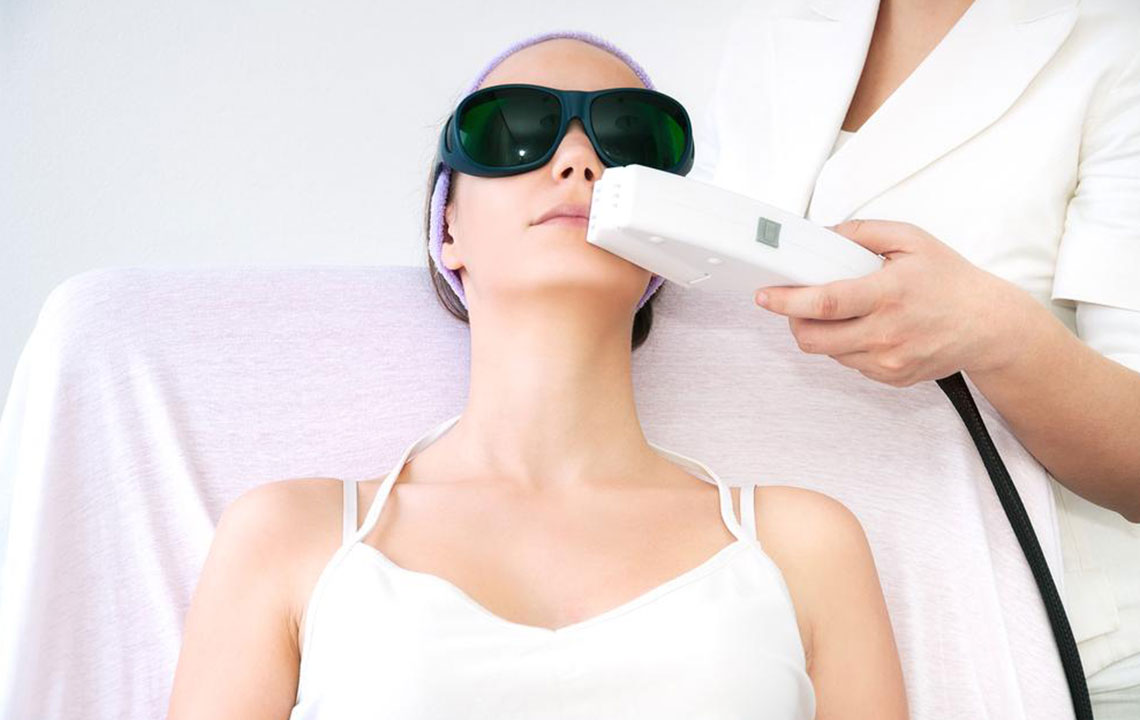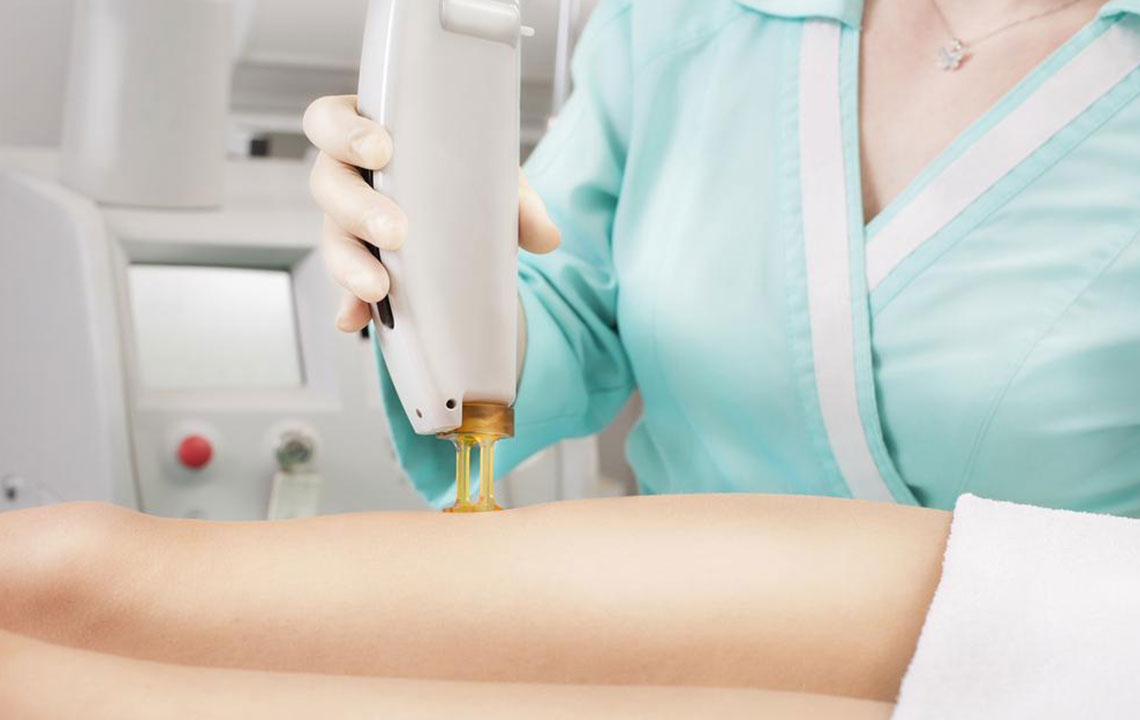Comprehensive Guide to Safe and Effective Facial Hair Removal Techniques
Discover trusted methods for facial hair removal, from waxing and threading to advanced laser and electrolysis treatments. This comprehensive guide discusses safety tips, effectiveness, and choosing the right technique for your skin type and budget. Achieve smooth, radiant skin with methods tailored to your needs, whether you prefer quick home options or professional procedures for permanent results. Learn how to safely manage facial hair and enhance your confidence with expert-approved techniques.

Reliable Facial Hair Removal Methods for Smooth Skin
Facial hair removal is a common concern for many individuals, whether due to genetic factors, hormonal fluctuations, or personal aesthetic preferences. While visible facial hair can sometimes be attractive, persistent or excessive hair growth can cause discomfort or self-consciousness. Thankfully, a variety of proven techniques exist to effectively remove unwanted facial hair, helping you achieve a smooth and radiant complexion.
Choosing the right method depends on multiple factors such as your skin sensitivity, hair type, budget, and desired permanence of results. In this comprehensive guide, we explore the most effective and trusted facial hair removal techniques, detailing their processes, benefits, and precautions to ensure safety and optimal results.
Waxing for Facial Hair Removal
Waxing remains one of the most popular methods for facial hair removal due to its effectiveness and relatively affordable cost. Applying warm wax carefully over targeted areas such as the upper lip, chin, or eyebrows allows for the removal of hair from the follicles, resulting in smoother skin for up to 4 weeks.
Hot wax tends to offer better results compared to cold wax, as it penetrates deeper into the hair follicles and minimizes discomfort. However, caution should be exercised since hot wax can cause skin burns if not used properly. You should also be aware of potential side effects, such as ingrown hairs or skin irritation. Regular waxing helps reduce hair regrowth over time, but frequent touch-ups are necessary — typically every 2 to 3 weeks.
Waxing is suitable for those with thicker or coarser hair, and professional waxing services can ensure minimal discomfort and optimal results. Home waxing kits are also available but require careful application and safety precautions.
Threading: Precision for Facial Hair Removal
Threading is a traditional hair removal technique that uses a twisted cotton thread to pluck hair directly from the roots. This method is especially popular for shaping eyebrows, removing upper lip hair, and defining hairlines due to its precision and minimal skin damage.
Threading provides results that last about 3 to 4 weeks, making it an ideal choice for those who want a clean look without frequent maintenance. The procedure is relatively painless, but it does require skill. It’s best performed by experienced professionals to avoid skin irritation, pinching, or redness.
Additionally, threading is considered highly hygienic since it uses a clean thread for each session. It’s suitable for sensitive skin types, provided it is done correctly.
Tweezing: Simple and Targeted Hair Removal
Tweezing involves manually plucking unwanted facial hairs with a pair of fine-tipped tweezers. This method is straightforward, cost-effective, and ideal for small areas like eyebrows, stray chin hairs, or upper lip fuzz.
While tweezing can be time-consuming if multiple hairs are involved, it allows for precise shaping and removal of individual hairs. It’s most effective for minimal hair growth and is not suited for large-scale removal.
Always sterilize your tweezers before use to prevent infections. Tweezing provides an immediate result, and the hair regrowth cycle typically spans 4 to 6 weeks.
Laser Hair Removal: Long-Term Solution
Laser hair removal is a highly effective, semi-permanent to permanent method for reducing facial hair. It uses concentrated light beams to target hair follicles, destroying them and preventing regrowth.
Multiple sessions are needed, usually around 6 to 12, spaced several weeks apart. Each session can last from a few minutes to an hour depending on the area treated. The cost varies but generally ranges from $200 or more per session. Although initial investment can be high, laser treatments offer long-lasting results, reducing the need for further removal methods over time.
Patients should be aware that laser hair removal works best on darker hair with high contrast against lighter skin tones, although advancements have made it increasingly effective on various skin types. Permanent reduction is not guaranteed for everyone, but significant hair decrease is common.
Electrolysis: The Only Certified Permanent Method
Electrolysis remains one of the most reliable options for permanent facial hair removal. It involves inserting a fine needle into hair follicles and delivering a small electrical current that destroys the follicle, preventing future hair growth.
This method requires multiple sessions—often 15 to 30—depending on the hair density and area size. Electrolysis must be performed by licensed and trained specialists to ensure safety and effectiveness.
While electrolysis can be time-consuming and sometimes uncomfortable, it provides the only FDA-approved permanent hair removal solution. It’s suitable for all skin types and hair colors, making it versatile for different individuals seeking a permanent resolution.
Depilatory Creams: Chemical Alternatives
Depilatory creams are chemical-based products that dissolve hair at the skin’s surface, providing a quick and painless removal option. These creams are widely available in pharmacies and are generally affordable.
Application involves spreading the cream over the desired area, waiting for a specified time, and then wiping away the cream along with the dissolved hair. It’s essential to perform a patch test beforehand to prevent allergic reactions or skin sensitivities.
While depilatory creams are convenient, they often have a strong smell and may cause irritation for sensitive skin. Fragrance-free or soothing formulations are available for those with delicate skin.
Topical Medications: Slowing Hair Growth
For those seeking a non-invasive and gradual approach, topical medications such as prescribed creams or gels can help reduce facial hair over time. These products typically contain ingredients that inhibit or slow hair growth, making subsequent removal easier.
It’s crucial to use these medications under the guidance of a dermatologist. While results are not immediate, consistent usage over months can significantly decrease hair density and visibility, especially for hormonal or excessive hair growth issues.
Choosing the Right Method for You
Deciding on the most suitable facial hair removal technique depends on individual factors:
Skin Sensitivity: Sensitive skin may require gentle methods like threading or topical creams.
Hair Type and Density: Coarse or thick hair might respond better to waxing, laser, or electrolysis.
Desired Permanence: For permanent solutions, electrolysis or laser therapy are ideal, whereas home methods are more temporary.
Budget: Cost considerations play a significant role; home methods like tweezing and depilatory creams are economical, while laser and electrolysis incur higher costs.
Convenience: Some methods, such as depilatory creams, provide quick results, while procedures like electrolysis require multiple appointments.
Safety Tips and Final Recommendations
Always prioritize safety when choosing a facial hair removal method. Conduct patch tests to check for allergic reactions, especially with chemical products, and follow instructions carefully. If opting for professional treatments like waxing, threading, laser, or electrolysis, ensure the practitioners are trained and certified.
Maintain good skincare habits post-removal, including moisturizing, sun protection, and avoiding harsh products that can irritate the skin. Consulting a dermatologist can also help you develop a personalized plan suited to your skin type and hair growth patterns.
Overall, with the right knowledge and precautions, you can effectively manage facial hair and achieve a smooth, confident look using techniques tailored to your needs and lifestyle. There is no one-size-fits-all solution, so explore your options and choose the method that offers safety, comfort, and results aligned with your goals.




